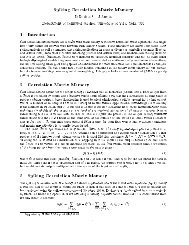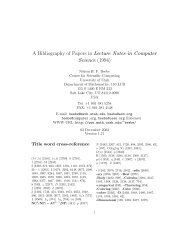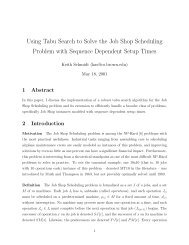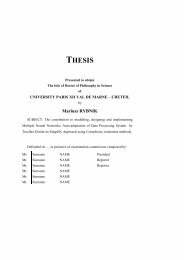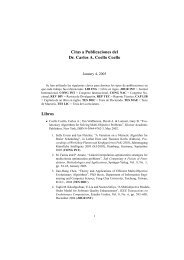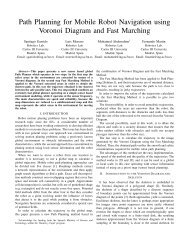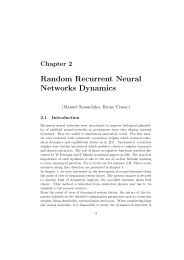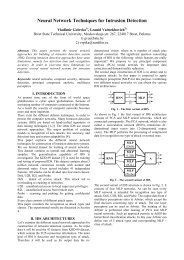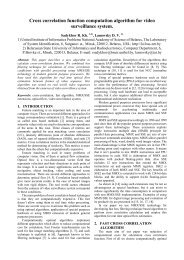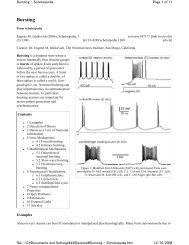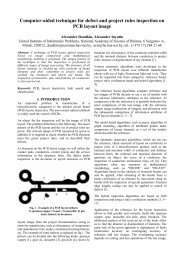NYT-1201: STATE OF THE ART A Thermostat That's Clever, Not ...
NYT-1201: STATE OF THE ART A Thermostat That's Clever, Not ...
NYT-1201: STATE OF THE ART A Thermostat That's Clever, Not ...
Create successful ePaper yourself
Turn your PDF publications into a flip-book with our unique Google optimized e-Paper software.
sits, especially for its second rotation, starting<br />
Feb. 8, when, due to fragility, several hand scro<br />
lls will be wound to different scenes and five scr<br />
eens will be replaced by others.<br />
The show contains more than 100 works that span mo<br />
stly from the 13th to the 19th centuries. At its c<br />
ore are some 20 hand scrolls, or emaki, an ingenio<br />
us medium evolved from the illustrated sutras that<br />
began landing in Japan from China in the eighth c<br />
entury as part of the spread of Buddhism. While fu<br />
ll of wonderfully observed natural details, Japane<br />
se hand scrolls, unlike their Chinese precedents,<br />
developed less as vehicles for pure landscape than<br />
as stages on which to unfurl human dramas of all<br />
kinds, in something like real time and space. In t<br />
he hands of Japanese artists the scrolls were tant<br />
amount to primitive films. Their fluidity, emotion<br />
al expressiveness and sense of action and lived ex<br />
perience give them an uncannily contemporary immediacy.<br />
This is established at the start of the show with<br />
a masterpiece: the five scrolls known as the "Illu<br />
strated Legends of the Kitano Tenjin Shrine," a su<br />
blime example of Chinese-style ink painting highli<br />
ghted with translucent washes of color from the 13<br />
th-century Kamakura period. Acquired in 1925, thes<br />
e scrolls constitute one of the Met’s great painti<br />
ngs, but they have never been exhibited together b<br />
efore, and this alone makes "Storytelling in Japan<br />
ese Art" a must-see.<br />
With seductive intimacy the scrolls recount the li<br />
fe and turbulent afterlife of Sugawara Michizane,<br />
a ninth-century poet-statesman said to have died o<br />
f a broken heart after being unjustly slandered. T<br />
he tale includes the destruction unleashed by his<br />
angry spirit (floods, fire, shattered buildings, s<br />
ome of it delivered by a magnificent black-clad th<br />
under god) and the dangerous journey to hell and b<br />
ack by Nichizo, an intrepid acolyte sent to divine<br />
how to placate Michizane. (It takes a temple.)



